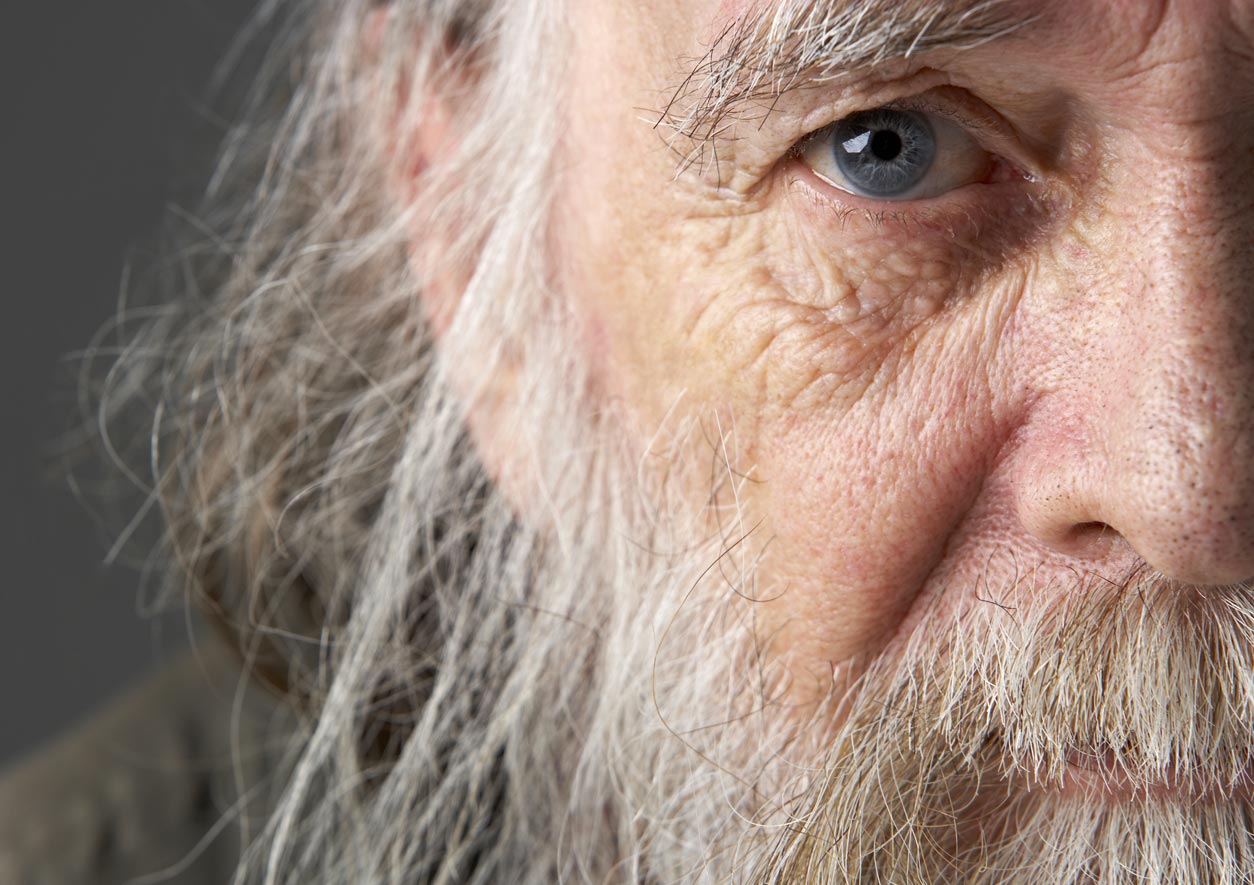The Connection at St Martin’s
15 December 2017 | William Carter, QNI 2017 Intern
On 17th November 2017 QNI Digital Engagement Officer, Charlotte Bevan and QNI Intern William Carter visited The Connection at St Martin’s to learn more about the homeless health community nursing team and the work they do. It was an eye opening and invaluable experience, in this blog William reflects on the day and the difference The Connection makes to so many people experiencing homelessness in Westminster.
The QNI’s Homeless Health Network, which turned ten this year, is a national network of nurses and other professionals, including housing and voluntary sector support professionals. The network aims to pool expertise and create resources on issues relevant to the health of the homeless population, such as podiatry, oral health and epilepsy.
Another key goal of the network is to gather and disseminate information about health services available to the homeless. The QNI wants to share innovative nursing practice in the field to facilitate improvement in education and services.
With this in mind, I was lucky enough to meet the Central London Community Healthcare homeless (CLCH) nursing team and have a look around the largest homeless day centre in Europe, The Connection at St Martins. Located on quiet Adelaide Street in central London, it is easy to forget that bustling Trafalgar Square is only two minutes’ walk away. As well as being a busy area for tourists and commuters, the area is known for its high density of people experiencing homelessness. The borough of Westminster sees the highest incidence of rough sleepers in the UK, with some 260 people recorded as being homeless on any given night in 2016. This group forms part of the estimated 4,134 total people rough sleeping each night in England, with many more at risk of becoming street homeless.
After only a few minutes in the shelter, it is clear that The Connection provides a welcome relief from the hardship of the street. It is warm and inviting and there is a great smell wafting up from the café. People are chatting, eating and watching TV. Adults of all ages are present but the majority of service users are men (we later learnt that the ratio is 10:1 men to women). It is also, unfortunately, clear that a fair few of the service users are in need of medical attention and emotional support.
Our first stop was to meet the nursing team, which that morning was comprised of Anne and Nicky. The CLCH homeless service is nurse-led and the nursing team directs a group of dedicated staff and volunteers. Nicky is the Lead Nurse for Homeless Health Care for the Central London Community Healthcare NHS Trust. He showed us the health clinic in the centre and explained that it represented the NHS coming to its homeless patients, as they often encounter difficulty accessing services in the traditional way. He explained that they often rely on A&E services and struggle to access GPs – complicating and delaying treatment and creating a financial cost to the health service.
The clinic treats a wide range of complaints on a regular basis and we learnt that homelessness often induces a constellation of concurrent health problems. In order of frequency, the clinic treats patients suffering from mental illness, chest infections, musculoskeletal problems, minor injuries and neglected chronic conditions (often asthma, diabetes and heart disease). The nurses do more than provide exclusively clinical care however. It is the role of the nursing team, following treatment, to advocate for the rehousing of the patient. As such, often nurses write support letters and attend Multi-Disciplinary Team meetings on the patient’s behalf.
We learnt that most homeless people suffer from mental or physical illness and, shockingly, the UK life expectancy for a homeless man is only 47 and 43 for a woman. Nicky’s stories and our own experience at the centre brought to life the fact that homelessness is a profound emotional and physical crisis. The preponderance of illness (roughly 80% of homeless people suffer from mental illness and 50% from brain injuries) and social hardship among rough sleepers should be evidence enough to dispel notions of homelessness being a choice or the fault of individuals. Relationship breakdown, often generated by financial hardship, is both a cause and exacerbating factor of homelessness.

Given the transient lifestyles that people experiencing homelessness often lead, Nicky’s clinic is vital for addressing health concerns whilst the patient is available. As Nurse Practitioners, Nicky’s team has the authority to dispense vital medicine such as painkillers, vaccines and insulin to those in need. A podiatrist visits weekly to tend to the foot problems often experienced by rough sleepers. The clinic and centre were both busy and we learnt that the clinic treats an average of 50 patients daily, whilst around 150 people visit The Connection generally.
We then went on a tour of The Connection’s facilities and learnt more about the activities on offer. Firstly, we saw the laundry room, with lockers and ironing facilities. We were shown the TV room, the reading room and a computer area, where visitors to the centre could charge their phones. Nicky explained that these facilities are crucial, as their availability is not contingent on visitors having to use them ‘productively’ – for job applications for example. People experiencing homelessness need spaces to safely unwind, watch videos, read and catch up with friends and family online like everyone else. There is a crafts corner and an activity space where volunteers lead skills workshops, such as sewing. Visitors can use a fully equipped art room to nurture their creative sides, something very difficult to do when sleeping rough. It was wonderful to hear that the art displayed around the centre was produced by the service users themselves.
Although it was important to carve out a space purely for relaxation, Nicky demonstrated that the centre approaches employment issues proactively. There is a separate computer suite for job applications and CV workshops. Volunteers are on hand to help service users top up their basic IT skills – something which much of the homed population takes for granted. Smart shoes and a suit were also available to borrow for interviews.
Having one’s benefits stopped can be the tipping point for someone on the edge of homelessness. Understandably, people in such complicated or vulnerable situations are often ill-equipped to negotiate the vagaries of the benefit system. To help with this, a Department for Work and Pensions outreach officer visits The Connection daily to help service users sort out benefits issues and advocate for them. As with the nursing clinic, it was clear that an ethos of kindness and non-judgement is core to this service. This was so refreshing when compared to the usual media discourse on benefits and the unemployed.
Nicky explained that The Connection cannot do its work alone, and has close working links to other homelessness charities, including Depaul and Groundswell. Some of Groundswell’s work in particular resonated with me. Their peer advocates travel with service users to important meetings, such as job interviews or hospital appointments – including serious procedures such as chemotherapy. If the service user would like to, they go for a coffee afterwards and chat about what has happened and how the service user feels. As Nicky put it, people visiting the centre go for long periods without any ‘witness to their lives’ – with no-one to share in the diverse successes and failures that we all experience. I found this an especially brutal aspect of homelessness and am inspired by the volunteers who work to alleviate it.
Nicky explained that the service operates a policy of “No Nos”: if a particular service cannot be provided by The Connection itself, the patient will be referred to another organisation that can. This system of ‘meaningful referrals’, where users are tracked to make sure that they receive the care they need, means that no one falls through the gaps. I was struck by how highly the staff prioritised the patient’s own agenda in their care in order to empower them at a time when they are likely feeling disenfranchised. Nicky’s other policy of ‘Kindness, kindness, kindness’ came across clearly through the compassion, patience and empathy of the staff. At all times the service users were helped to feel ‘normal’, whilst recognising the profound emotional and physical challenges of their situations.

Just across the road from The Connection is St Martin-in-the-Fields, the Anglican church with a large yet welcoming entrance facing Trafalgar Square. The church owns the building in which the day centre operates and has a long history of providing support and relief to the homeless. The Vicar has an open door policy for rough sleepers (and anyone else) coming into the church for a rest. All are free to attend the daily services or take advantage of the quiet atmosphere when the church is not in use. Although it was sad to see at least ten probable rough sleepers resting amongst the pews, it is heartening that the church can provide a calm, warm and safe space in which to shelter from the bitter November weather.
St Martin’s has been caring for the vulnerable since the return of traumatised soldiers from the World Wars. Now it is the hub of homeless health in London. Every morning a team of volunteers conduct a sweep of the area to inform rough sleepers of the services available and encourage them to come into the centre. This encouragement and welcoming approach is vital as people experiencing homelessness can often feel wary of services if they have had a negative experience in the past. Nicky told us that certain statutory services can be made contingent upon relocation of the homeless person, uprooting them from what community they have managed to form. With this in mind, it is unsurprising that some rough sleepers are wary about accepting help.
The statistics on UK homelessness are grim. According to Crisis, rough sleepers are 17 times more likely to have been victims of violence, with more than a third having been deliberately hit or kicked whilst sleeping rough. Rough sleepers are more than nine times more likely to take their own lives than the housed population. Only 20% of private landlords are willing to take people who are currently homeless on as tenants, which entrenches homelessness further.
With these figures in mind, the comprehensive and compassionate service operating at The Connection could not be more vital. To end on a hopeful note, the centre clearly excels at alleviating the suffering of people experiencing homelessness and helping them get off the streets for good.

 Back to Blog
Back to Blog